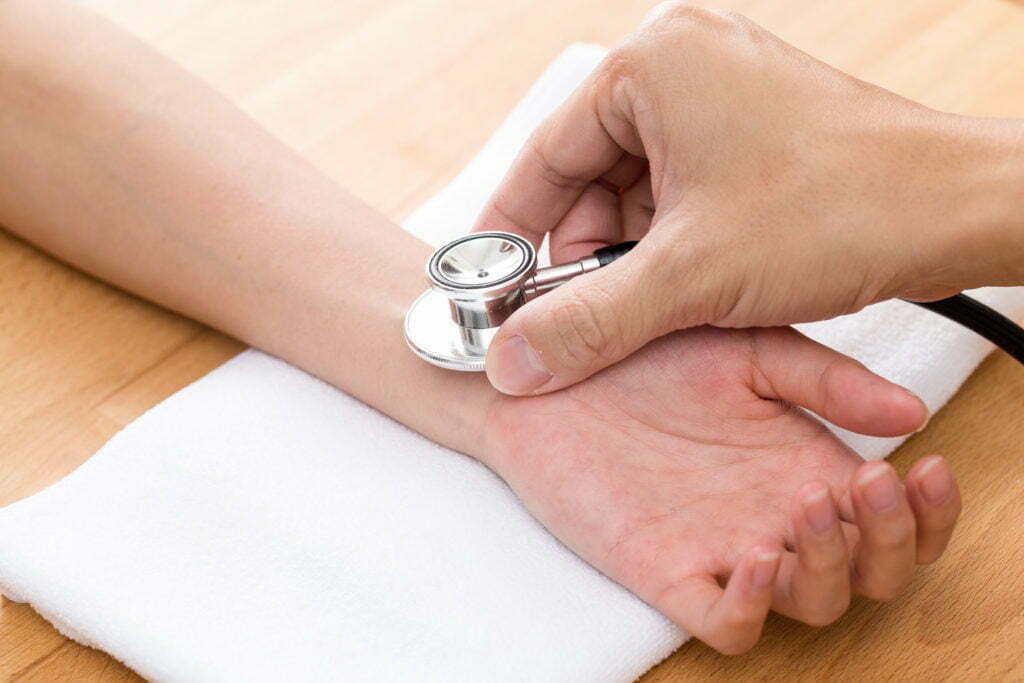Patient safety is one of the most important aspects of a hospital, and ensuring it is paramount. But how can hospitals improve safety both for their patients and staff? In this article, we explore the various measures that can be taken to ensure a safe environment for everyone involved. Keep reading to find out more about how to improve patient safety in hospitals.
Patient Safety Organizations

Patient safety organization (PSOs) are entities established to collect, aggregate, and analyze patient safety data from health care providers. They provide an evidence-based approach to improving the quality of healthcare by identifying risks and implementing strategies to prevent medical errors. PSOs strive to create a culture of safety in hospitals by engaging with stakeholders such as staff, patients, families, and other healthcare professionals. Additionally, they work collaboratively with policymakers to develop regulations that ensure safety standards are met across all settings. To improve patient safety in hospitals, PSOs can help identify areas where improvement is needed and implement strategies tailored specifically toward those needs. This includes analyzing trends in hospital operations or outcomes that could be associated with increased risk of harm, providing education on best practices related to medication administration and developing protocols for reporting adverse events or near misses.
Current Protocols and Practices
Assessing current patient safety practices is an important part of improving patient safety in hospitals. By assessing existing systems, processes, and outcomes, it’s possible to identify areas where improvements can be made. This assessment should take into account the hospital’s culture and environment as well as any external factors that may influence patient safety. The assessment should include looking at policies and procedures for managing medication errors, infection control protocols, communication strategies for reporting incidents or near misses, and staff training programs on patient safety topics such as risk management. It is also important to look at data from previous incidents to identify potential trends that could inform the development of new protocols or changes in existing ones. This data should include information about when the incident occurred, what led up to it, and how it was resolved (if applicable).
Technology for Patient Safety

Utilizing technology to enhance patient safety is an important part of improving patient safety in hospitals. Technology can be used to improve the accuracy and efficiency of medical care, reduce errors, increase patient satisfaction with their healthcare experience, and provide real-time data on patient outcomes. Technologies such as electronic health records (EHRs), computerized physician order entry (CPOE), barcode medication administration systems, remote monitoring devices, automated dispensing cabinets, and bedside scanning systems are all being employed to streamline processes and ensure better quality care for patients. For example, EHRs enable providers to quickly access a complete picture of a patient’s history at the point of care while CPOE helps decrease potential medication errors by alerting clinicians when ordering medications that may interact with one another or have other contraindications. Remote monitoring devices allow nurses and doctors to monitor vital signs remotely without having to enter the room thereby reducing contact time between staff and patients which can help minimize hospital acquired infections. Automated dispensing cabinets also help eliminate potential human error around drug distribution for both nurses and pharmacists. Bedside scanning systems assist in accurate documentation by providing automatic updates whenever a procedure is performed or changed.
Policies for Adverse Events
When it comes to ensuring patient safety in hospitals, establishing clear policies for reporting adverse events is paramount. An adverse event can refer to any incident that results in injury or harm to a patient as a result of medical care and includes near misses, errors, or other unexpected outcomes. Establishing effective protocols for reporting these incidents will help identify areas where improved safety measures need to be implemented. It is important that the process of submitting an adverse event report is easily accessible and understood by all staff members; this could include instructions on how to complete paperwork, who should be notified when an incident occurs, and the timeline associated with filing reports. Medical professionals must also feel confident that their reports are taken seriously and responded to promptly—creating a culture of open communication allows healthcare professionals to report issues without fear of retribution or reprisal.
By implementing processes and protocols that focus on the reduction of risk, heightened safety standards, and improved communication, hospitals can create an environment of trust and security for their patients.


